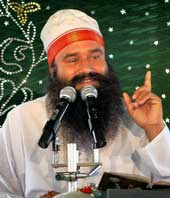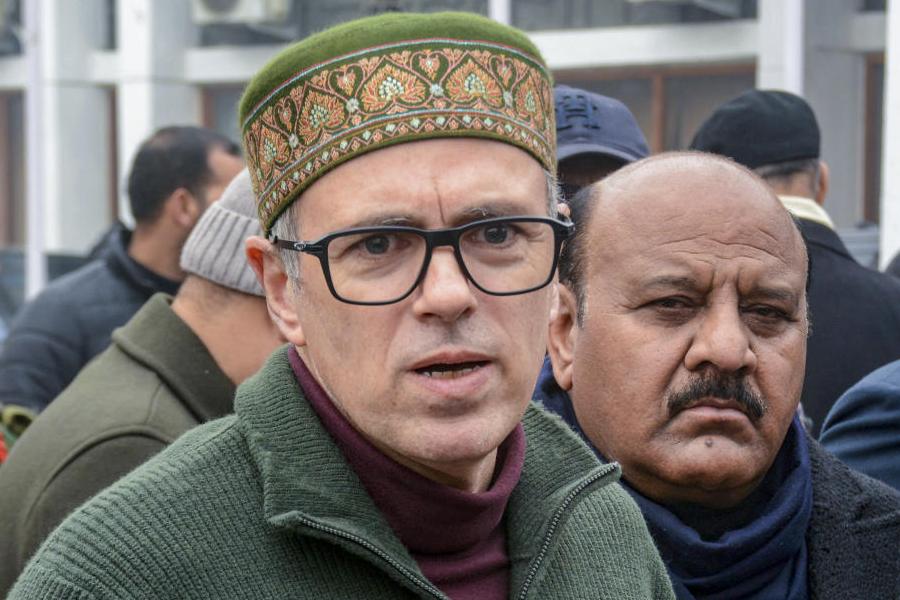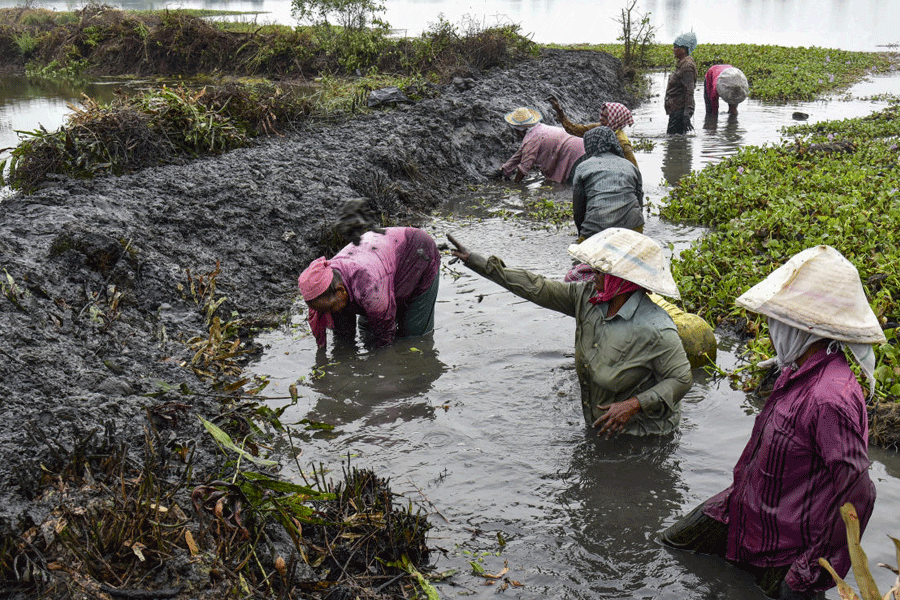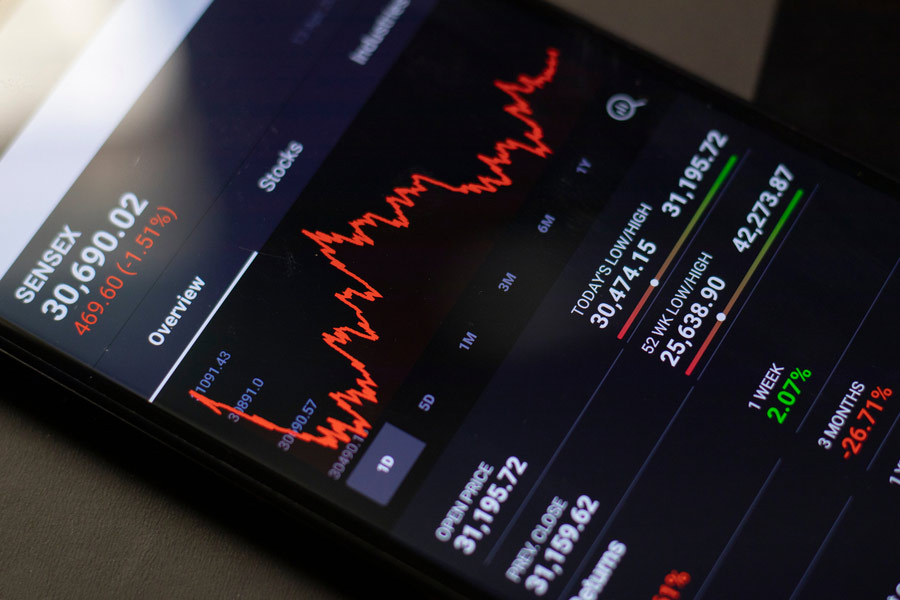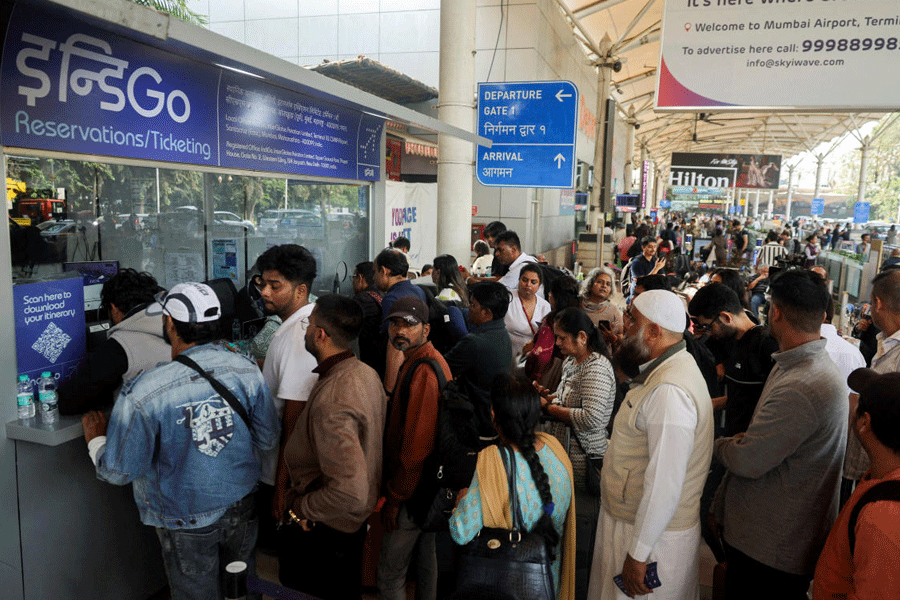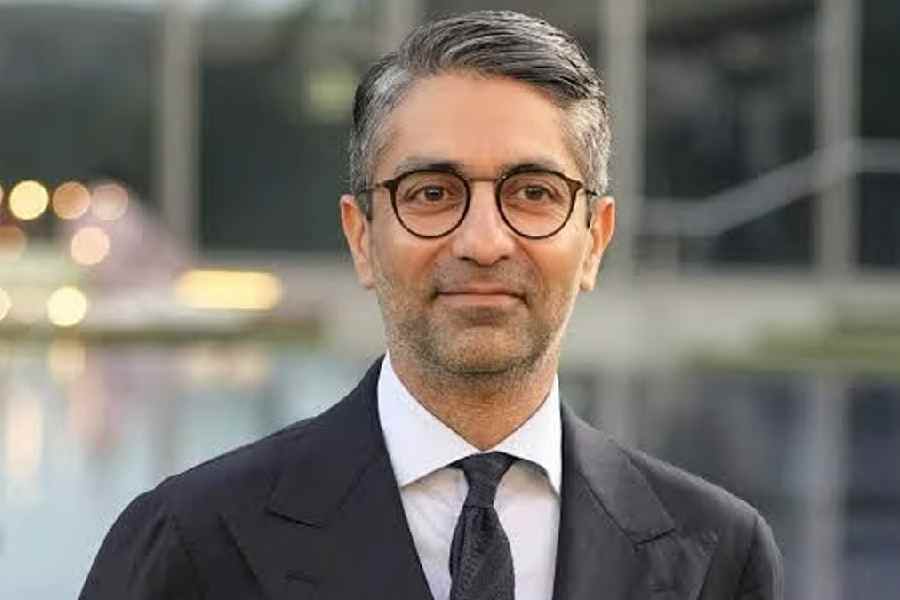|
|
| Gurmeet Ram Rahim Singh: ignorance isn’t bliss |
Punjab was for many years the most prosperous state of India. It is no longer so. There are reasons to fear that it will go further down the list and vie with Bihar for the lowest position. The causes of its downgrading should be a salutary lesson for other states. The confrontation between the Akalis who rule Punjab and the followers of Dera Sacha Dauda created a turbulance across the whole of northern India because Sikhs were led to believe that the head of the Dera had tried to pose as Guru Gobind Singh. Let us get the picture in the correct perspective.
I have seen and heard the Dera head on television and read the advertisement he put out in the papers. He calls himself Gurmeet Ram Rahim Singh. The point he wishes to make, by assuming Sikh, Hindu and Muslim names, is that he is, above all, an insaan (a human being). What he preaches is insaniyaat (humanism). The first commandment of his new code of ethics is to abstain from using caste names as surnames because we are born equal. This is precisely what Guru Gobind Singh prescribed: maanas ki jaat sab ek hee pehchaanbo (regard all mankind as of one caste). It is the Sikh counterpart of Vasudhaiv Kutumbkam.
He goes on to exhort people to abstain from alcoholic drinks. That too makes sense in a rustic society where men drink like thirsty donkeys, get drunk and make asses of themselves. They do not know the art of civilized drinking — saleeqa. Again, he asks people to abstain from eating meat and eggs. He insists that his disciples do not take drugs. There is nothing wrong in preaching vegetarianism, though Guru Gobind Singh was not a vegetarian. The rest of his edicts are equally harmless: do not lie — a simple, unsophisticated code of ethics meant for unsophisticated people which offends no one.
What the orthodox Khalsas got so angry about was the Dera chief posing as Guru Gobind Singh at a ceremony such as the one the guru conducted on Baisakhi day in 1699, when he inaugurated the Khalsa Panth. No one knows what the guru looked like because no contemporary picture exists. The earliest depictions made, over a hundred years later, are in the Mughal style which depict him as a Mughal prince, very much like Farrukhsiyar. Later, Sikh artists, especially those who tried to capture the scene of the first baptism at Anandpur, show him in a long robe stirring a cauldron to prepare amrit. Gurmeet Ram Rahim Singh bears a resemblance to those portraits of the guru. He should have known that it would not go down well with the orthodox Khalsas. And it did not. Unlike Hindus, who do not mind humans being portrayed as gods and goddesses during Ram Lila, Sikhs adhere to the Sunni notion that a human being portraying himself as the prophet commits blasphemy. Thus, the Dera chief should have known better.
There is more behind the upsurge of protests than the offending similarity between the Dera head and the last guru. The deras, which proliferate all over Punjab, draw an increasing number of devotees, and with them their offerings, than do the temples and gurdwaras. No one can object to that; every person has the freedom to choose his or her place of worship. But the deras must not meddle with politics. Dera Sacha Sauda did it and paid the price. In this context, the Hindu-Sikh relations should also be kept in mind.
The dividing line between the Hindus and the Sikhs has always been blurred. Millions of Punjabi and Sindhi Hindus subscribe to Sikhism. Inter-marriage between Sikhs and Hindus is common. An increasing number of Khalsa youths are giving up growing long hair and beards. Besides, most Hindus regard Sikhs as an integral part of the Hindu mainstream. The Sikh-Khalsa identity, separate from the Hindu, has always been challenged. Jarnail Singh Bhindranwale tried to assert it by preaching hatred against the Hindus and taking on a dissident sect, the Nirankaris. For a while, he succeeded in assisting the Sikh relapse into the Hindu fold.
The deras pose a more serious challenge. All of these are headed by Sikhs who, like Gurmeet Ram Rahim Singh, conform to Khalsa traditions. Their following is among both Sikhs and Hindus and their teachings emphasize what is common to all religions and not exclusive to the Khalsa. This the Jathedars of the Shiromani Gurdwara Prabandhak Committee find unpalatable and unacceptable. The recent outburst of Khalsa rage, brandishing kirpans and yelling slogans, was another manifestation of its determination to assert: “We are not Hindus”.
Daman’s epitaph
Chiragh Deen Ustad Daman was a Punjabi poet of recent times. He never accepted the partition of India, nor made his peace with Pakistan. The lines which first attracted me to him were about what happened on August 15, 1947:
Akkhian dee laalee payee dasdee ay
Tuseen roey ho;
Roey asee vee haan
(The redness in your eyes tells me/ You have been crying;/ We too have cried.)
Another of his couplets summed up military rule in Pakistan:
Pakistan diyaan maujaan hee
maujaan
Charoon paasay faujaan hee faujaan
(Pakistan is having a wonderful time/ Everywhere there are soldiers and/ the army.)
There are other verses he wrote in the same strain. Inevitably, he landed himself in trouble and was jailed. He became a hero of Pakistani-Punjabis and an acclaimed Sufi Saint. When he died, in accordance with his wishes, he was buried in a courtyard close to the tombs of the two Sufi saints, Madho Lal and Hussain, near Shalimar Garden. On my last visit to Lahore, I visited his grave to strew rose petals on it. His tombstone bore an epitaph composed by himself:
Sarsaree nazar maaree Jahaan
under
Tey Zindagi varg utthalya main;
Daman koee naa milliya rafeeg
mainoo
Maaree Kafan dee bukkal
Tey chalya main
(A cursory glance at the world I took/ I shuffled pages of life story then shut the book;/ Daman found no friend to accompany him on his final journey/ He slung his shroud across his shoulders/ And the world forsook.)

